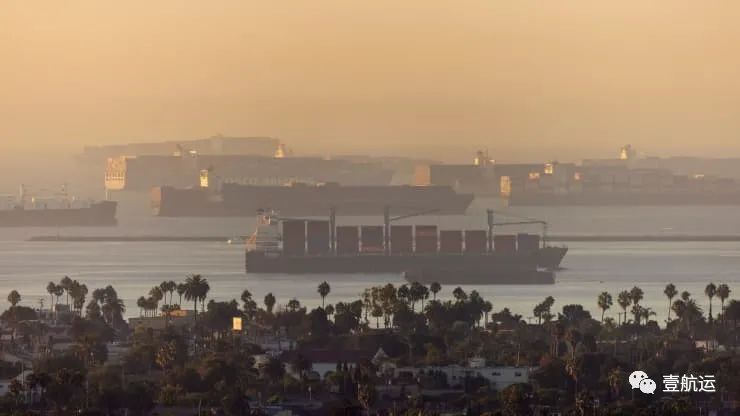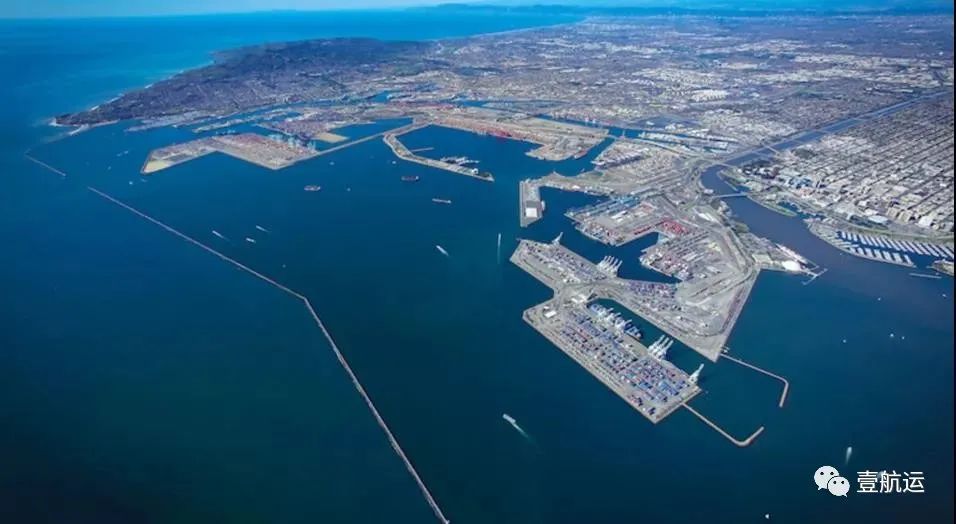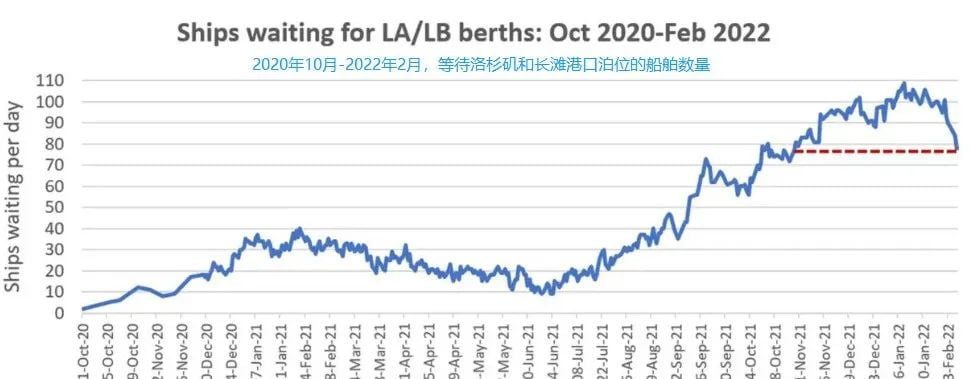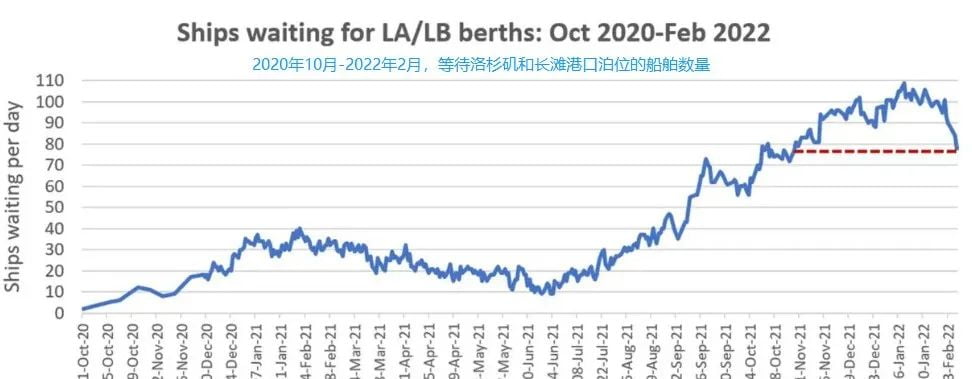Gene Seroka, executive director of the Port of Los Angeles, said Wednesday that U.S. supply chains have an opportunity to return to more normal operations after retailers replenish their inventories next quarter, even if the next peak shipping season arrives earlier than usual, according to Bloomberg.
Seroka said: “Most retailers have told me that they will restock in the second quarter to bring safety stock to a more adequate level. If these two goals are achieved correctly, then we will have a chance to enter in early June or July. Earlier peak season than normal.”
Seroka said
he agreed with Maersk Chief Executive Soren Skou that ocean shipping should gradually begin to normalize in the second half of the year.
In Maersk’s 2021 results announcement released on February 9, Maersk expects the current market situation to continue into the second quarter of this year and gradually return to normal in the second half of the year.

A few days ago, J Mintzmyer, founder and chief analyst of Value Investor`s Edge, warned in the latest interview that the strike crisis at the US West Wharf is at risk of rising. .
In the interview, Seroka predicted that the upcoming labor negotiations among the dockworkers will proceed smoothly without disruption. Negotiations will be between the International Union of Docks and Warehouses, which represents dockworkers, and the Pacific Maritime Association, which represents port operators and shipping lines.
“I’m optimistic, there are professionals on both sides,” Seroka said. “These dockworkers need to be paid what they deserve, and there are several other issues that need to be resolved, and I think everyone understands the stakes.”
Meanwhile, there are early signs of improvement in the backlog outside the ports of Los Angeles and Long Beach. The number of container ships waiting for berths at the ports of Los Angeles and Long Beach fell to 78 on Tuesday, the lowest level in three months. This is down 23% from 101 vessels on February 1 and 28% from 109 vessels on January 9 (an all-time high). According to the latest data from the Port of Los Angeles, as of yesterday (February 10), the total number of container ships waiting for berths outside the ports of Los Angeles and Long Beach fell to 73.

However, reports indicate that the recent pattern of changes in the number of ships waiting around Southern California, whether due to seasonality or other factors, is similar to what happened the previous year. Ship backlogs grew throughout the fall, peaking around the end of the year, and then starting to decline in the first few months of the year. In 2021, the number of waiting ships fell from February to the 3rd week of June before starting to climb again.

Chart source: American Shipper, based on Southern California Maritime Exchange data
Phil Levy, chief economist at Flexport, said: “I think there are some reasons to think that the situation may be easing, and this time it needs to be looked at more closely. It’s also rising. We don’t see anything like that now (from the government), instead, real disposable income is falling.”
Many other industry experts said that compared with factors such as equipment and labor shortages, port congestion is more positively related to the domestic demand for goods in the United States. For future development, it mainly depends on demand and the trend of the epidemic.
From the demand side, unless U.S. demand plummets, and U.S. demand must be sluggish for two consecutive months or more, over time, the import of goods will decrease and the congestion will become less and less, and the problem will ease.
But when it comes to the pandemic, new disruptions like the Omicron strain could further disrupt the shipping system. Peter Tirschwell, head of research in the maritime and trade sector at IHS Markit, said it was still unlikely that the maritime industry would return to its pre-pandemic state until at least the first half of 2022.
In addition, a report from maritime data and consulting firm Sea Intelligence on Wednesday said it could take eight to nine months to resolve supply chain disruptions that have caused record-low reliability of container shipping. Imports through the country’s congested ports are expected to increase slightly in the first half of the year, but continued high freight volumes will put pressure on supply chains, the National Retail Federation said in a statement.
